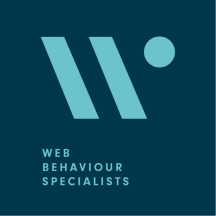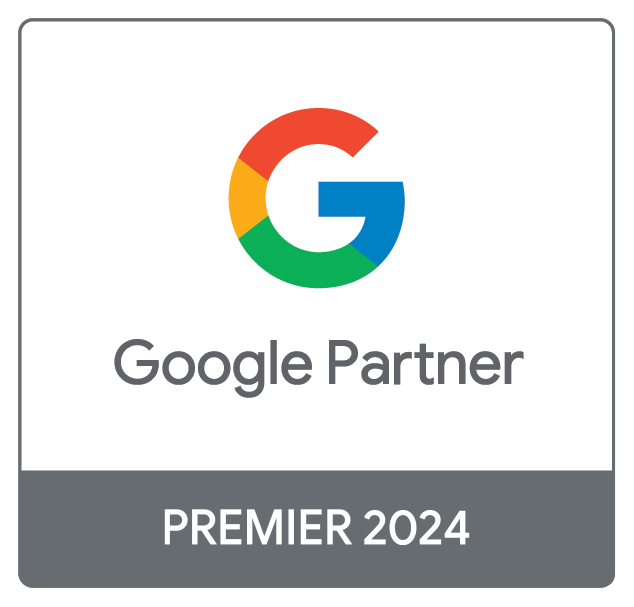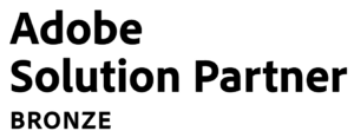The past few years have represented a period of profound upheaval for many companies operating in the B2B sector. Marketing tactics have had to evolve and adapt to new means of engaging global audiences. This process looks set to continue in 2023. B2B campaigns begin to close the gap on their more creative, emotionally-driven B2C counterparts. Indeed, shifts in people’s attitudes to work have meant that B2B marketing needs to engage on a much more human level.
Businesses are having to adapt to this new world or face losing out to their competition. To find success in the new B2B marketing landscape of 2023, businesses need to embrace multichannel approaches to consumer outreach. Also, they should fully harness the power of technology and engage in B2C domains such as community-building. Last but not least they should encourage the creation of user-generated content. 2023 set to be such a transformative year for B2B marketing. Let’s take a look at some of the trends that will be shaping campaigns throughout the year.
Personalisation at the forefront
The trend that won’t go away. Personalisation has appeared in lists like this for years now, and 2023 is likely to see it expand further. Over 75% of B2B marketers state that personalisation practices have helped them to foster stronger client relationships. Further 55% claiming that it has improved growth and produced more conversions.
2023 is the year we see website personalisation move to the forefront. B2B companies cultivate well designed website experiences for different users based on their browsing behaviour. Of course, this is going to be increasingly reliant on first-party cookies and zero-party data. Major tech players such as Google begin to phase out third-party cookies, which have followed users as they journey across the web.
So what is zero-party data? Simply said, it’s data that consumers are sharing directly with your company, and it is the future of personalised marketing. Of course, your consumers aren’t going to be giving their information away for free. Especially, in a world with advancing privacy laws. Customers know the value of their data more than ever before, and will expect something worthwhile in exchange.
Branded content
If you’re looking to get potential buyers to part with their precious personal data, it’s important that you have high-quality content to offer. B2B investments are generally much larger than those in the B2C space. Buyers need to feel reassured that your company is in a place to meet their demands. Producing branded content relating to their industry and services is one of the best ways for businesses to build authority, gain respect in their community and prove their expertise to potential buyers.
Developing a catalogue of high-value content might seem like a heavy investment. But statistics show that 62% of B2B consumers will reply to sales representatives who reach out via industry-specific insights or reports. That’s why it’s important to create content that doesn’t just cover your previous client stories, but instead provides deep insights into your industry from your unique vantage point.
Quality beats quantity
High quality content can also be used as ‘gated content’. Requiring interested parties to share information before they can gain access. Strong gated content can serve a multitude of purposes. Proving your expertise while also generating leads for your database and for sales representatives to follow up with. Remember that tip about zero-party data being useful for personalisation? Gated content is one of the best ways for business to gather user information that can be used to improve website and email personalisation. Be aware that while the appetite is there for gated content, users are currently spoiled for choice, with over 25% of all blogged content now being gated. Anything you produce will need to be excellent to stand out from the crowd.
Of course, it’s important to embrace a multi-channel approach to your branded content. Whereas in the past it was sometimes enough to invest in high quality insights and eBooks, times are changing. Millennials and Gen Z now account for 65% of buying committees. Google releasing findings showing that 40% of young people prefer to search on Instagram and TikTok over traditional search engines. It’s time to embrace video content. 78% of marketing professionals have agreed that video marketing has contributed to sales improvements in their business.
User-generated content reigns supreme
Of course, the abundance of user-generated content is why social media platforms such as TikTok and Instagram are starting to make more waves in the B2B space. Also, why companies need to start taking them more seriously. While branded content does work in these spaces, and B2B companies must create relevant strategies for them, the truth is that many buyers trust user-generated content much more than its branded counterparts. In fact, 93% of marketers claim that user-generated content outperforms content produced in-house.
While branded content can be sparkly and well-produced, viewers actually trust content created by other users much more. That’s where well curated user-generated content from influencers can help your business gain a foothold.
Influencer marketing
By influencers, we mean industry-specific experts that have experience working with companies like yours – not only approaching those with the highest follower counts. In fact, so called ‘micro-influencers’, otherwise known as content creators with fewer than 15,000 followers, perform best with the most impressive engagement rates across most video-based platforms. Many B2B marketers are already using this strategy. 86% of B2B business already investing in influencer marketing finding that it has been an overall benefit to their business.
Potential buyers watching these videos are tuning into a voice they already trust. As well, they’ll respond better to this independent content than content you produce yourself. If you can encourage your customers, partners and employees to also contribute to your growing bank of user-generated content, customer trust will be likely to improve exponentially.
So how are businesses going to encourage customers and partners to produce user-generate content relating to their brand? 2023 is going to see an increased focus on post-sales consumer care and collateral. Tactics such as the website personalisation are allowing businesses to present consumers who have already invested in their products or services with different information. Greater care towards the end of the sales funnel usually results in happy customers. They’re more likely to feel comfortable advocating your brand.
AI takes on the grunt work
If there’s one thing for certain, AI will continue to be the buzzword that everyone is talking about in 2023. We’ve already seen businesses begin using AI to streamline marketing. It is helping to inform personalised campaigns and drive potential buyers down the sales funnel. What is more, 84% of digital marketers already state that AI excels at presenting consumers with personalised experiences. 64% of marketers claim that AI is now integral to their strategic visions.
This year, businesses should take the opportunity to look into ways that AI and other machine learning technologies. Iy can help them to refine their marketing process. Whether it be using it to digitise data or boost website performance to improve the consumer experience. It’s important to note that smart AI needs smarter teams to ensure that it is being used in right way. AI is here to inform, analyse and curate. So try not to think of it replacing members of the current workforce. Instead, consider it an extra tool in their arsenal that can reduce the time spent on menial tasks. Also, to increase time spent on creative marketing solutions that can boost engagement.
Identify your purpose
Potential buyers are engaging with businesses over a wider variety of channels. They’re becoming more invested in the whole story of each company they partner with or buy from. They’re not necessarily interested in a quick purchase anymore. They want to buy into you, and what your company stands for.
An increasing number of businesses are seeing environmental, social governance (ESG) as an important part of their business. Over 90% of businesses stating that they have a responsibility to act on it. In fact, 81% of leaders see it as a fundamental part of their strategy. As a result, we’re likely to see purpose-led marketing becoming even more prevalent in 2023. Businesses look to promote exactly what they stand for, besides turning a profit.
Of course, it’s important that your messaging be authentic. The whole point of purpose-led marketing is that it fosters trust between the buyer and the company. If your ‘purpose’ is nothing more than empty promises, consumers will end up feeling betrayed.
Still have questions about your B2B marketing strategy?
If you’re looking at ways to incorporate these trends into your marketing strategy, let us know. WBS are experts in the field of B2B digital marketing. We can advise on how to optimise your strategies to find success in 2023.








